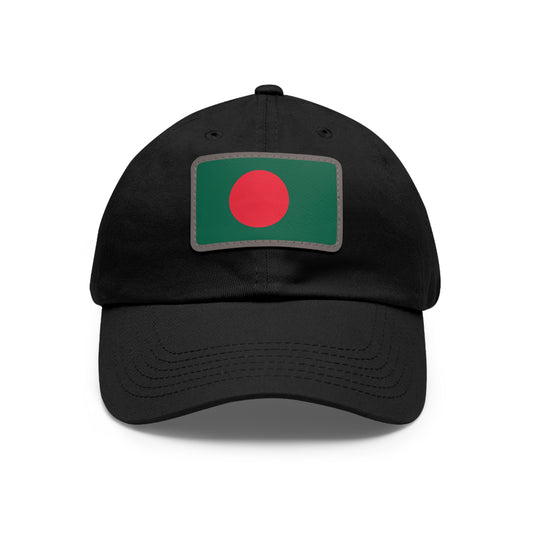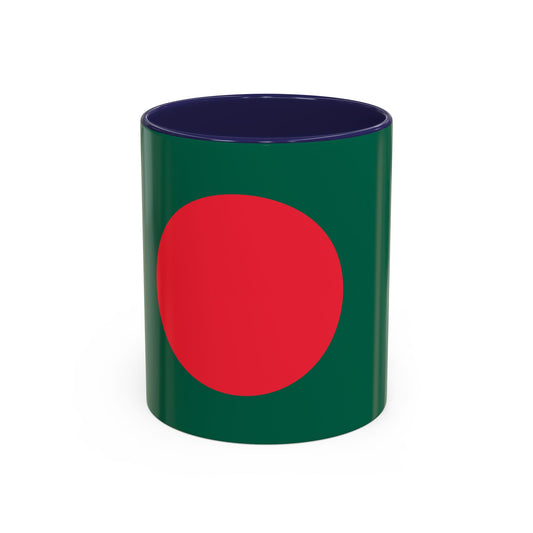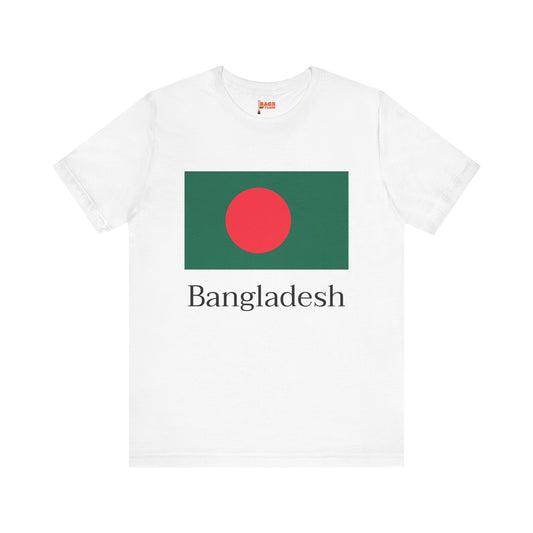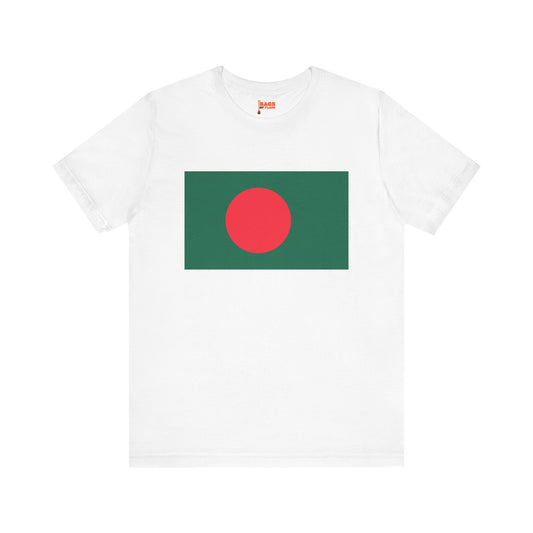-
Bangladesh Pillow
Regular price $22.65 USDRegular priceUnit price / per -
Bangladesh Backpack
Regular price $59.79 USDRegular priceUnit price / per -
Bangladesh Leather Patch Hat
Regular price $18.85 USDRegular priceUnit price / per -
Bangladesh Sweatshirt
Regular price $34.15 USDRegular priceUnit price / per -
Bangladesh Flag Sweatshirt
Regular price $34.15 USDRegular priceUnit price / per -
Bangladesh Inspired Sweatshirt
Regular price $34.15 USDRegular priceUnit price / per -
Bangladesh Mug
Regular price $8.65 USDRegular priceUnit price / per -
Bangladesh Trucker Cap
Regular price $14.90 USDRegular priceUnit price / per -
Bangladesh Hoodies
Regular price $34.40 USDRegular priceUnit price / per -
Bangladesh Hoodie
Regular price $34.40 USDRegular priceUnit price / per -
Bangladesh Flag Hoodies
Regular price $34.40 USDRegular priceUnit price / per -
Bangladesh T-shirts
Regular price $22.79 USDRegular priceUnit price / per -
Bangladesh Inspired T-shirt
Regular price $22.79 USDRegular priceUnit price / per -
Bangladesh Flag on T-shirt
Regular price $22.79 USDRegular priceUnit price / per
Collection: Bangladesh
The Bangladesh flag, also known as the flag of Bangladesh, is of significant cultural and historical importance to the country. Its vibrant colors and unique design represent the nation's identity and values. We will delve into the various aspects of the Bangladesh flag, from its design and symbolism to its historical context and current relevance.
Overview of the Bangladesh Flag's Design and Colors

At the heart of the Bangladesh flag lies a striking red circle offset slightly toward the hoist side on a verdant green background. This vibrant contrast not only captivates the eye but is also laden with deep symbolism reflective of the nation's spirit and struggles. The choice of green symbolizes the lushness of Bangladesh's land, with its vast landscapes and abundant natural beauty embodying hope, joy, and the promise of prosperity.
The bold red circle starkly represents the blood of those who laid down their lives in the pursuit of freedom, a poignant reminder of the cost of independence. Together, these elements combine to form a flag that is not just a national emblem but a narrative of resilience, liberation, and the enduring strength of the Bangladeshi people. This carefully considered design encapsulates the essence of the nation, making the flag a powerful symbol of national identity and pride.
Historical Context: The Journey of the Bangladesh Flag
The journey of the Bangladesh flag is steeped in the tumultuous events of the country’s fight for independence. Originally introduced during the Liberation War of 1971, the first version of the flag featured a red disc, symbolizing the sun of freedom, and a golden outline of Bengal encompassed by the green background. This initial design embodied the Bangladeshi people's aspirations and fighting spirit.
Following the country's victory and emergence as an independent state, the flag underwent a slight modification, removing the map to present a more simplified and symbolic design officially adopted on January 17, 1972. This change was pivotal, as it marked the transition from a battle ensign to a symbol of national sovereignty and unity. The flag's evolution reflects the transformative journey of Bangladesh from a region embroiled in conflict to an independent nation, capturing the essence of its struggle and the hopes of its people for a peaceful and prosperous future.
Symbolism: Deciphering the Meaning Behind the Flag

The symbolism embedded within the Bangladesh flag is a powerful testament to the nation's history, ideals, and aspirations. The striking red circle, placed slightly off-center towards the hoist side, does more than catch the eye; it resonates with the spirit of the country's fight for independence and its aftermath. This element symbolizes the sun rising over Bengal, a metaphor for the emergence of a new, sovereign nation awakened to freedom and justice after a long night of struggle. The red is a vivid reminder of the courage and sacrifice of the freedom fighters, whose blood was spilled on the battlegrounds to secure the nation's liberty. It is a sacred symbol of the lives lost and the profound sacrifices made to pursue independence.
Contrasting with the red is the flag's green background, which is equally symbolic. This shade of green is not just a representation of the physical beauty of Bangladesh, with its lush landscapes and fertile plains, but also signifies the vibrancy and vitality of the land and its people. It reflects the nation's aspirations for growth and prosperity, grounded in the principles of equality and justice. Together, the elements of the flag weave a narrative of resilience, hope, and the undying quest for freedom, encapsulating the soul of Bangladesh and its people.
Current Relevance: The Bangladesh Flag in Today's Context
In contemporary Bangladesh, the national flag is more than just an emblem of statehood; it is a pervasive symbol of unity, resilience, and national pride. Its presence is felt everywhere, from towering flagpoles in public spaces to the intimate settings of schoolrooms nationwide. On significant days such as Independence Day on March 26 and Victory Day on December 16, the flag takes center stage, embodying the collective memory and aspirations of the Bangladeshi people. Its use extends beyond ceremonial observances; it is a constant in political rallies, cultural festivals, and sports events, rallying the nation together under a standard banner.
Despite its widespread acceptance and reverence, the flag occasionally becomes a focal point in discussions about national identity and the representation of Bangladesh's diverse heritage. These debates underscore the flag's ongoing role as a living symbol within the country's socio-political landscape, reflecting the nation's and its people's evolving narrative. As such, the Bangladesh flag continues to inspire and unite, bearing witness to the nation's past struggles and hopes for the future.
Additional Facts: Protocols and Anecdotes Surrounding the Bangladesh Flag
The protocols surrounding the Bangladesh flag highlight the nation's deep respect and reverence for this symbol of independence and unity. One such protocol mandates that the flag be displayed prominently, ensuring it is visible and treated with dignity. When raised or lowered, the flag must be saluted by those in uniform and respected by civilians, underscoring its significance. The flag is flown at half-mast during national mourning, a solemn acknowledgment of loss and reflection. It is also imperative that the flag never touches the ground, water, or floor, nor should it be draped over vehicles, except on official cars of diplomatic importance.
An intriguing anecdote about the Bangladesh flag concerns its first hoisting during the tumultuous days of the Liberation War. It was raised as a symbol of hope and resistance against oppression, instantly becoming a rallying point for freedom fighters and citizens alike. This moment is etched in the nation's collective memory, symbolizing the birth of Bangladesh as a sovereign state.
Additionally, it's interesting to note that the exact hue of green used in the flag has been subject to interpretation, aiming to represent the lush landscapes of Bangladesh accurately. This attention to detail signifies the importance of the flag as a reflection of the nation's identity, embodying the spirit and aspirations of its people.




























